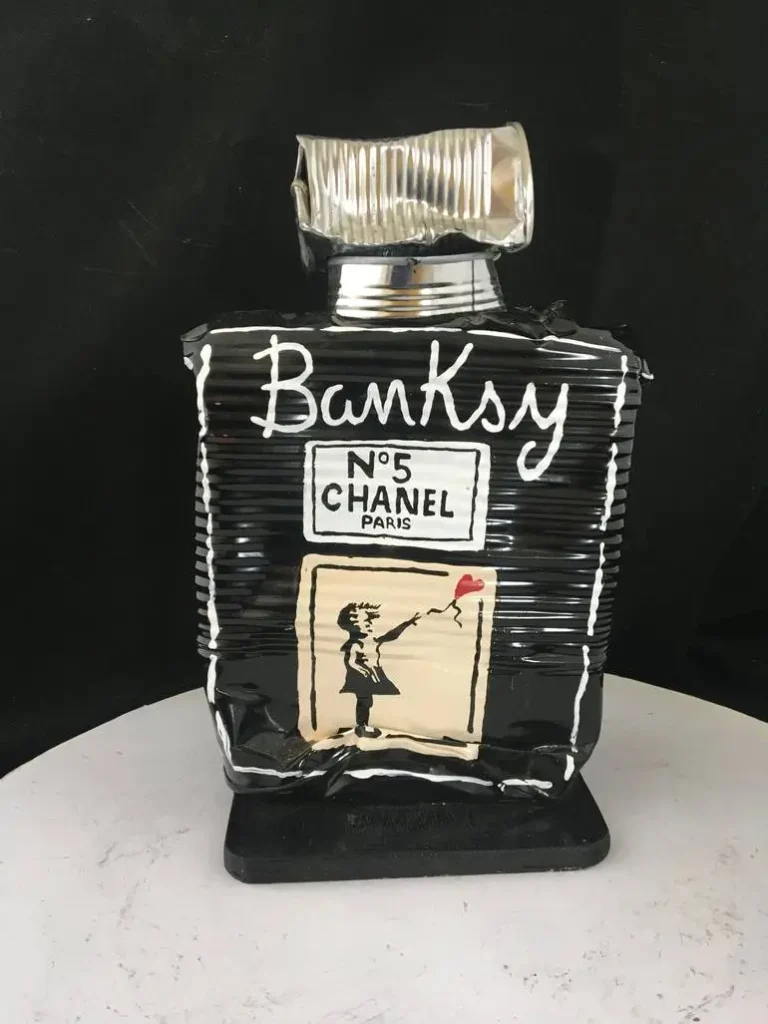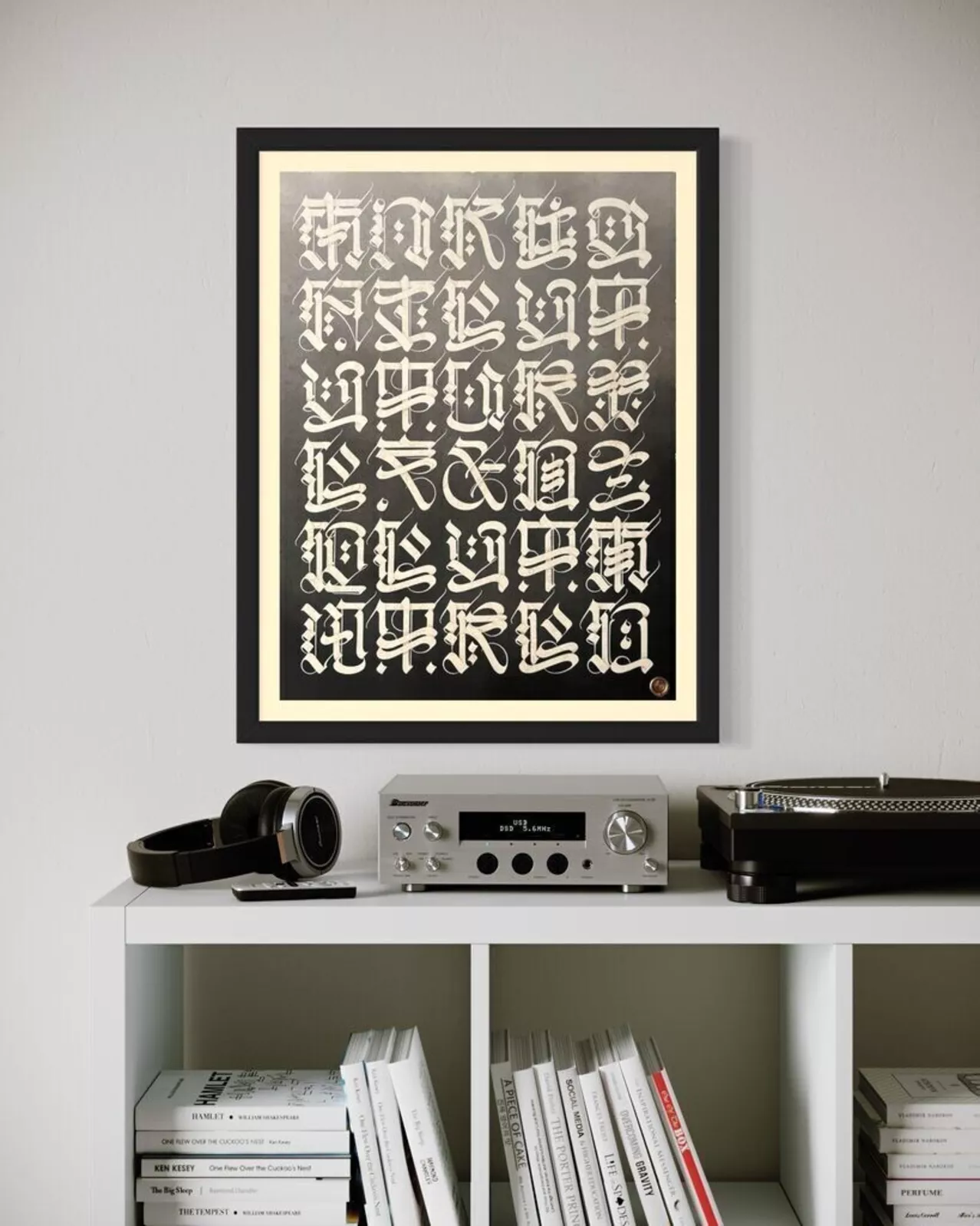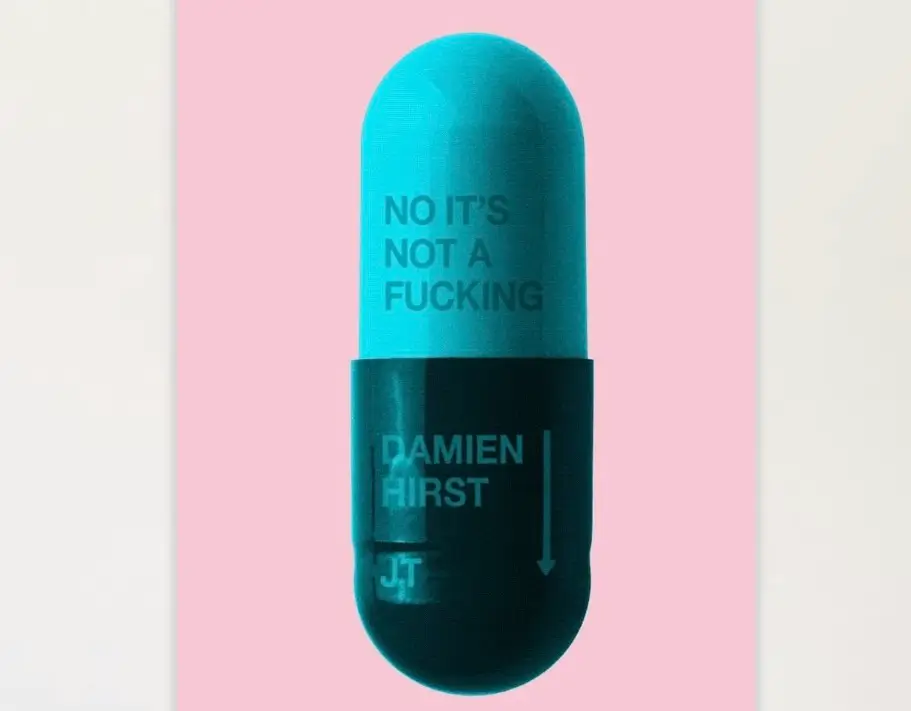intro
In the elastic space between high-life and urban subculture, few contemporary sculptors lean as confidently into visual irony as Norman Gekko, the French artist known for his playful, critical reinventions of global cultural icons. His sculpture “Chanel N°5 Banksy” is a prime example: a crushed, corrugated iron object reimagined as one of the most recognizable bottles in cosmetic history, stamped with the world’s most famous street artist’s name, and punctuated by the beloved red-balloon girl.
This work is less an homage and more a collision—a collision between branding and anonymity, between consumerism and critique, between the permanence of iron and the fleetingness of perfume. Gekko’s gesture sits inside a lineage of art that refuses to take the glossed-over world of advertising at face value. It dredges up the tension between authenticity and image, the cult of haute, and the commodification of rebellion.
This sculpture does not merely represent these tensions—it distills them. In iron.
material
Most perfume bottles are objects of fragility. They are light, delicate, crystalline. Their form must communicate purity, allure, and a certain form of seduction. Gekko’s sculpture does the vestige. He trades transparency for opacity, elegance for crumpled fortitude, and precision for distortion.
The crushed-metal form—intentionally dented, visibly corrugated, and embellished with thick brushwork—evokes a discarded can or a piece of urban scrap. This evokes the streets where Banksy’s interventions typically exist. The material becomes the metaphor: the “perfume” here is not a fragrance but a commentary on the cultural economy that turns sensitivity into commodity and rebellion into collectible.
By using iron, Gekko asserts permanence—an ironic permanence, since the essence of street art is ephemerality. If Banksy’s murals are often whitewashed or buffed out within days, this sculpture refuses to disappear. It solidifies a moment in cultural consciousness and freezes it in time.
Iron becomes the answer to impermanence.
myth
If you had to pick a single object representing luxury, aspiration, and the power of branding, the Chanel N°5 bottle would be a top contender. It carries a century of lore, from Marilyn Monroe’s whispered endorsement (“Five drops of Chanel No. 5” as her only bedtime attire) to the bottle’s iconic geometric silhouette designed to symbolize a woman’s essentiality. N°5 is more than fragrance—it is culture shorthand for desire itself.
Gekko’s sculpture vandalizes that desire.
The handwritten “Banksy” scrawled across the bottle pokes at the fragile equilibrium between authenticity and corporate mythology. Exactly as Banksy’s own practice pierces at contemporary capitalism by using its aesthetics, Gekko leans into the power of parody.
But unlike a knockoff handbag or an illicit street poster, this sculpture is too intentionally grotesque to be mistaken for imitation. Its dents and wrinkles break the illusion of refinement. It challenges the viewer: Is luxury still luxury if it is deformed? Is branding still seductive when it’s satirical?
Gekko’s potential answer is yes—and that’s precisely the problem.
banksy’s icon
The image painted at the bottom portion of the sculpture, featuring a silhouette of a young girl releasing a heart-shaped balloon, is among the most reproduced motifs in 21st-century street art. From London walls to endless online shares, this Banksy stencil has become symbolic of longing, loss, innocence, and hope. However, its meaning mutates every time it is recontextualized.
On Gekko’s sculpture, this motif becomes an emblem of commodified rebellion.
The girl with the balloon—originally a symbol of fleeting freedom—is now trapped inside a consumer object. A luxury object no less. She is boxed in by the iron frame of the bottle, no longer weightless, no longer ephemeral. The balloon’s red heart remains the only pop of color, struggling to escape a cage of black metal.
In this way, the sculpture becomes not only an homage to Banksy but also a critique of how his imagery has been consumed. Gekko is not simply celebrating Banksy’s message—he is interrogating the commercial frenzy that arises around every Banksy piece that gets chipped off a wall and sold at auction.
Where Banksy uses stencils to reclaim public space, Gekko uses iron to question how quickly those stencils become collectibles.
flow
One of the most striking aspects of the sculpture is its crushed form—intentionally imperfect, heavily dented, and visibly hand-shaped. This disruption of the classic perfume bottle shape evokes a sense of post-consumer waste. It is a bottle as if pulled from a recycling bin, painted over, and given new meaning.
This aesthetic resonates with the broader conversation about sustainability, overconsumption, and the art world’s uneasy relationship with haute branding. The sculpture insists: even the most treasured cultural objects can become trash when divested of the systems that inflate their value.
Gekko’s practice sits within a lineage of artists who transform discarded materials—recalling César’s compressions in France, John Chamberlain’s crumpled car-metal sculptures, and Duchamp’s readymades. But unlike his predecessors, Gekko’s subject is not industrial form or material. It is branding.
His iron is not about metal. It’s about meaning.
the view
The brushwork
White, thick, handwritten strokes give the appearance of immediacy—like graffiti or tagging. This is intentional. It injects spontaneity into an object associated with control and refinement.
The crushed metal
The dents and irregularities evoke violence, impact, and use—an outright rejection of Chanel’s typically pristine marketing universe.
The black paint
The color evokes urban grit, asphalt, night, anonymity—all elements associated with street intervention.
The red heart balloon
As always, it stands for hope—hope that transcends environment, capitalism, or containment.
show
Norman Gekko is part of a long tradition of artists who appropriate cultural imagery to question its power. But while Andy Warhol treated Campbell’s soup cans as icons of mass production, and Jeff Koons polished balloon dogs into luxurious high-art artifacts, Gekko pushes the dialogue further by intentionally degrading the object.
His work is closer to a skittish protest than a celebration of commercialism.
He appropriates not to elevate but to complicate.
And to provoke.
impression
Norman Gekko’s “Chanel N°5 Banksy” sculpture is not simply an object—it is a layered cultural statement. It plays with familiarity, resists refinement, and mocks the desire to own cultural relevance. It does not ask viewers to choose between loving or critiquing haute, between valuing or condemning Banksy’s influence. Instead, it asks them to sit inside the uncomfortable space where those forces mix.
A perfume bottle made of crushed metal.
A street art icon trapped inside a haute framework.
A commodity critiquing commodity culture.
Gekko has taken two global symbols and married them into an object that is impossible to ignore and even harder to define.
And that is its true power:
to perfume the air with questions that linger long after the sculpture is gone.
No comments yet.








